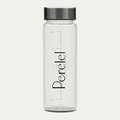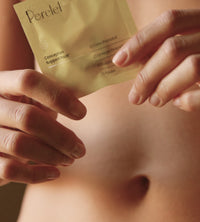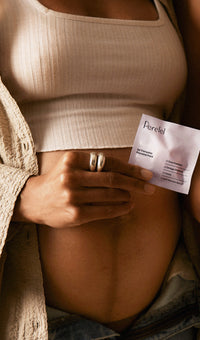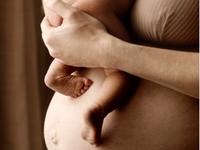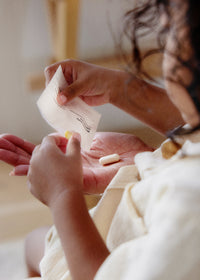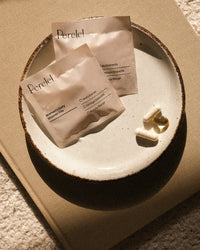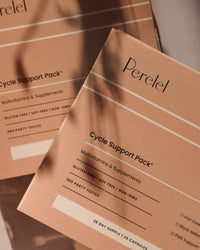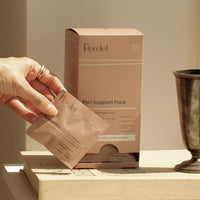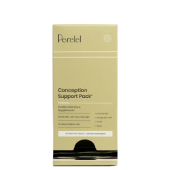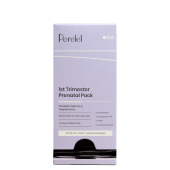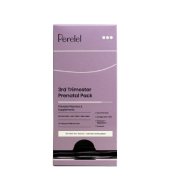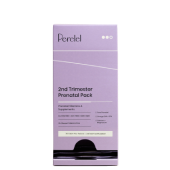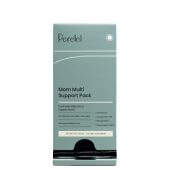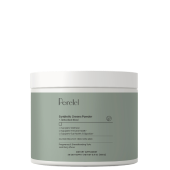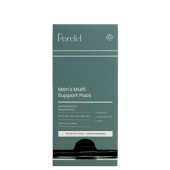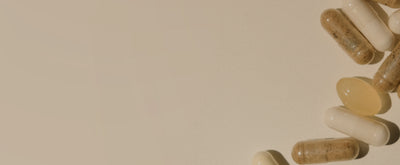When the Apple Watch Series 8 was released in 2022, health-conscious techies took note of a brand new feature: basal body temperature tracking.1
Tracking your basal body temperature can offer helpful insights into your health and fertility. So what is basal body temperature, and what can you learn by tracking yours? Here’s what you need to know.
What is Basal Body Temperature?
Basal body temperature is your body’s lowest natural temperature at rest.2 Normal body temperature can range from 97 to 99 degrees Fahrenheit, and this number will naturally fluctuate a bit throughout the day.3 However, your body temperature is consistently lowest when you’re at rest. That’s why tracking your basal body temperature while you sleep, or immediately after you wake up, is the best way to determine your body’s baseline.
Why Basal Body Temperature Tracking Is Important
If you’re trying to conceive, tracking your basal body temperature can help you get a better understanding of your cycle and predict when you’re most likely to ovulate.
Ovulation typically occurs around day 14 of a 28-day cycle. Your fertility window—the time frame when you’re most likely to get pregnant—is the five days before ovulation, the day of ovulation, and the day after ovulation.4 Pinpointing this fertility window can help to boost fertility.
But predicting ovulation with a calendar alone can be unreliable—everyone’s cycle is different, and you may ovulate earlier or later than the 14-day mark.
That’s where temperature tracking comes in. Your basal body temperature will typically increase by 0.5 to 1 degree Fahrenheit shortly after ovulation.5 According to the American College of Obstetricians and Gynecologists, you’re most likely to get pregnant in the window in the 2 to 3 days before this increase.6
Of course, that means that by the time you notice a temperature increase, you may already be outside your most fertile window. But by keeping tabs on your temp over time, you may be able to gain a better understanding of your cycle—and that can help you predict when you’re most likely to ovulate each month and optimize the timing of intercourse for the best chance of conception.
Conversely, temperature tracking may also be used for family planning by avoiding intercourse during this time. However, this is not a foolproof method of contraception.7 For women who aren’t trying to conceive, hormonal contraception or barrier methods are recommended.8
Your body temperature is lowest at rest—but since you can’t take your own temperature while you’re sleeping, experts typically recommend taking your basal temperature immediately after waking up. However, the Apple Watch (starting with the Series 8) samples your temperature every five seconds while you sleep for a more accurate measurement.
If you use the Cycle Tracking feature in your Health app, your temperature data can be used to estimate the day of ovulation and improve period predictions. Wrist temperature readings can be disabled at any time via the Privacy settings in your Watch app.
How do you measure your basal body temp with the Apple Watch?
It only takes a few simple taps in the Health app to set up temperature tracking.9
- Adjust the fit of your Apple Watch until it’s snug but comfortable.
- Open the Health app on your iPhone and make sure Sleep is set up with “Track Sleep with Apple Watch” enabled. “Sleep Focus” must be enabled for at least 4 hours a night.
- In the Health app, tap “Browse.”
- Tap “Body Measurements.”
- Tap “Wrist Temperature.”
- Wear it consistently! It takes about 5 nights to establish your baseline temperature. Until this baseline is established, you’ll see “Needs More Data” at the top of your chart.
How to Track Basal Body Temperature Without a Watch
Can you track your basal body temperature without an Apple Watch? Absolutely! The temperature chart has been a common fertility awareness method for decades — long before wearable tech existed.10
So while a wearable temperature sensor may provide better accuracy and convenience, you can also opt for this low-tech approach to temperature tracking:
- Basal temperature shifts can be small, so select a basal thermometer that measures to 1/100th of a degree.
- Keep the thermometer next to your bed, and take your temperature immediately after you wake up in the morning — before you take a sip of water, check your social media, get up to use the restroom, or do anything else that may affect your body temperature.
- Record the date, time, and exact temperature in a journal or fertility tracking app.
- Try to take your basal temperature at the same time each day. If you sleep in late or wake up extra early, make a note in your journal or app.
While temperature tracking can help with predicting ovulation, there are a few other steps you can take to increase your chances of conception. Maintain a healthy lifestyle — eat a balanced diet, exercise regularly, take steps to reduce stress, and consider a supplement to support fertility.
$41.14
First 3 Mo
First 3 Months
$32.90
First 3 Mo
First 3 Months
Shop the Article:


Conception Support Pack*
Shop Now


Fertility+ Support
Shop Now
This article is for informational purposes only. It is not, nor is it intended to be, a substitute for professional medical advice, diagnosis, or treatment and we recommend that you always consult with your healthcare provider. To the extent that this article features the advice of physicians or medical practitioners, the views expressed are the views of the cited expert and do not necessarily represent the views of Perelel.
References:
- The Indian Express; Apple Watch Series 8’s temperature sensor: How it works, what it means for women’s health; Sep 2022
- Kaitlyn Steward and Avais Raja; Physiology, Ovulation And Basal Body Temperature; Jul 2022
- Cleveland Clinic; What is a Normal Body Temperature?; Oct 2021
- Johns Hopkins Medicine: Calculating Your Monthly Fertility Window
- Kaitlyn Steward and Avais Raja; Physiology, Ovulation And Basal Body Temperature; Jul 2022
- The American College of Obstetricians and Gynecologists: Fertility Awareness-Based Methods of Family Planning
- Sharon Sung and Aaron Abramovitz; Natural Family Planning; Jul 2021
- Kaitlyn Steward and Avais Raja; Physiology, Ovulation And Basal Body Temperature; Jul 2022
- Apple Support: Track your nightly wrist temperature changes with Apple Watch
- Kaitlyn Steward and Avais Raja; Physiology, Ovulation And Basal Body Temperature; Jul 2022
